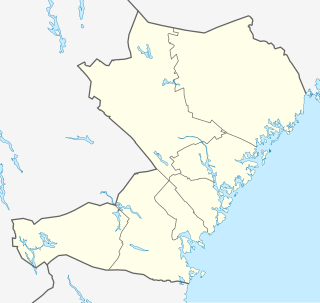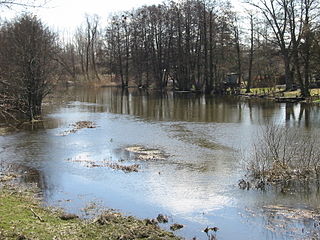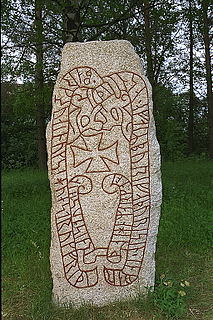| Ljungan | |
|---|---|
 | |
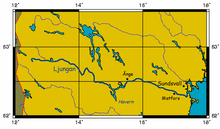 | |
| Location | |
| Country | Sweden |
| Physical characteristics | |
| Mouth | Bothnian Sea |
| - coordinates | 62°19′N17°23′E / 62.317°N 17.383°E Coordinates: 62°19′N17°23′E / 62.317°N 17.383°E |
| - elevation | 0 m (0 ft) |
| Length | 350 km (220 mi) [1] |
| Discharge | |
| - average | 140 m3/s (4,900 cu ft/s) [1] |
| - maximum | 850 m3/s (30,000 cu ft/s) [1] |
| Basin features | |
| Basin size | 12,851.1 km2 (4,961.8 sq mi) [2] |
Ljungan (Jamtlandic: Jångna or Aoa, from Old Norse *Oghn "the dreadful" [3] ) is a 322 kilometer long river in Sweden. It originates near Trondheim and the Norwegian border. The river runs through the Swedish counties of Jämtland and Västernorrland. Several hydropower plants are located along the river.

Old Norse was a North Germanic language that was spoken by inhabitants of Scandinavia and their overseas settlements from about the 9th to the 13th century.

Sweden, officially the Kingdom of Sweden, is a Scandinavian Nordic country in Northern Europe. It borders Norway to the west and north and Finland to the east, and is connected to Denmark in the southwest by a bridge-tunnel across the Öresund, a strait at the Swedish-Danish border. At 450,295 square kilometres (173,860 sq mi), Sweden is the largest country in Northern Europe, the third-largest country in the European Union and the fifth largest country in Europe by area. Sweden has a total population of 10.2 million of which 2.5 million has a foreign background. It has a low population density of 22 inhabitants per square kilometre (57/sq mi). The highest concentration is in the southern half of the country.

Trondheim is a city and municipality in Trøndelag county, Norway. It has a population of 193,501, and is the third-most populous municipality in Norway, although the fourth largest urban area. Trondheim lies on the south shore of Trondheim Fjord at the mouth of the River Nidelva. The city is dominated by the Norwegian University of Science and Technology (NTNU), the Foundation for Scientific and Industrial Research (SINTEF), St. Olavs University Hospital and other technology-oriented institutions.
A pathogenic virus of the viral family which includes polio and hepatitis A was isolated from a bank vole near the Ljungan river in the mid-1990s, and named Ljungan virus.

Hepatitis A is an infectious disease of the liver caused by Hepatovirus A (HAV). Many cases have few or no symptoms, especially in the young. The time between infection and symptoms, in those who develop them, is between two and six weeks. When symptoms occur, they typically last eight weeks and may include nausea, vomiting, diarrhea, jaundice, fever, and abdominal pain. Around 10–15% of people experience a recurrence of symptoms during the six months after the initial infection. Acute liver failure may rarely occur, with this being more common in the elderly.
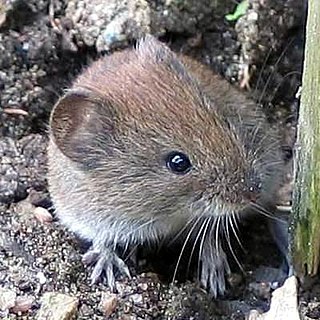
The bank vole is a small vole with red-brown fur and some grey patches, with a tail about half as long as its body. A rodent, it lives in woodland areas and is around 100 millimetres (3.9 in) in length. The bank vole is found in western Europe and northern Asia. It is native to Great Britain but not to Ireland, where it has been accidentally introduced, and has now colonised much of the south and southwest.
Some towns near or by the river are:






